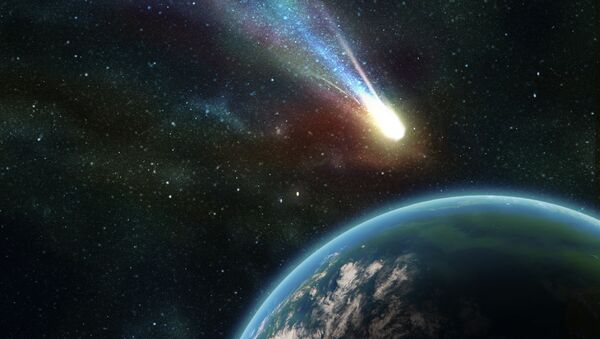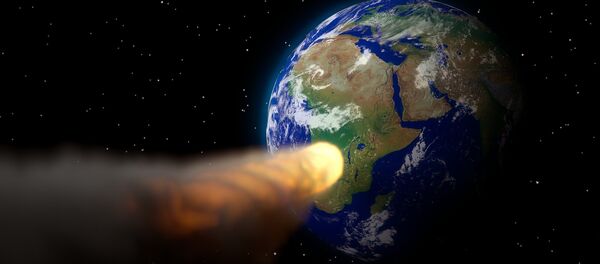“It was discovered back in 1981, 36 years ago by a telescope in Australia. It is a near-Earth asteroid and because it is so large, 4 kilometres across, and relatively bright, it allows us to study it,” Dr Alan Fitzsimmons, a professor with the Astrophysics Research Centre at Queen’s University Belfast told Sputnik.
He further said that the object is quite rocky, and although it passed relatively close to Earth, within 4.4 million miles, it posed no threat to our planet.
“Although it was only 18 times further than our moon is from Earth, it posed no danger of impact and it won’t come this close again for at least another 500 years,” the expert said.
He further elaborated on the devastation that would have caused Earth.
However, there really is no need to panic as collisions involving such asteroids occur once in a million years, so it is highly unlikely to happen anytime soon.
The expert further said that there are studies that look at these collisions and how to mitigate such occurrences from taking place.
“This asteroid hasn’t been around since the birth of our solar system. This asteroid and others like it are remnants of our solar system being built and it was the leftover building rubble, so by studying these objects we get some idea of how our solar system has changed and evolved over the past 4.5 billion years,” Fitzsimmons said.





